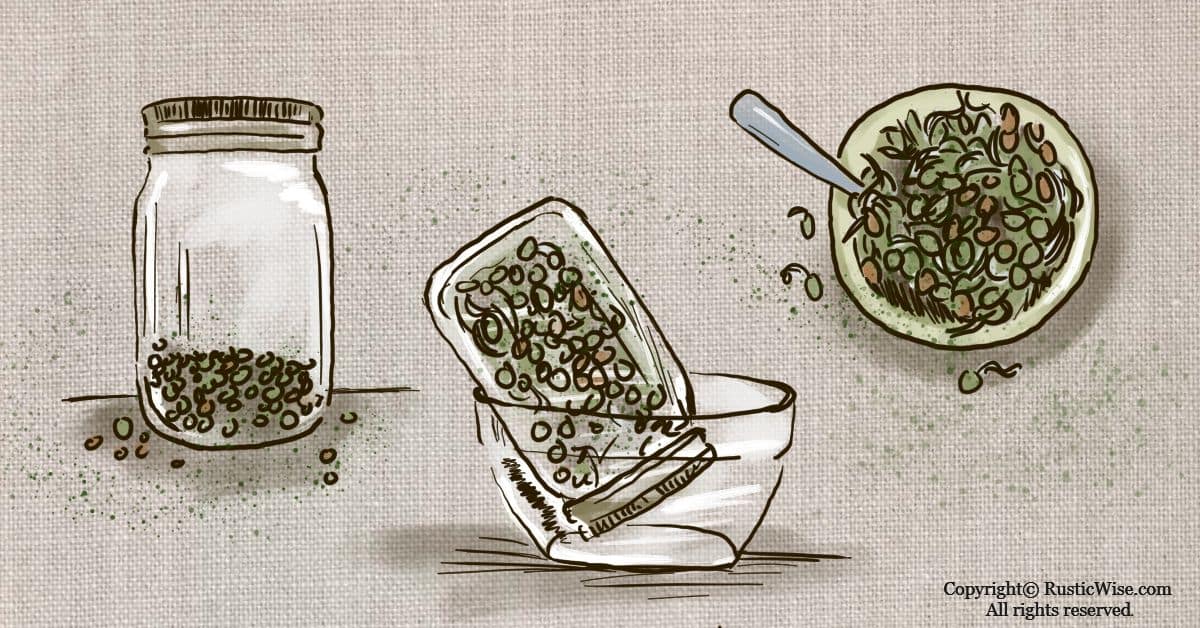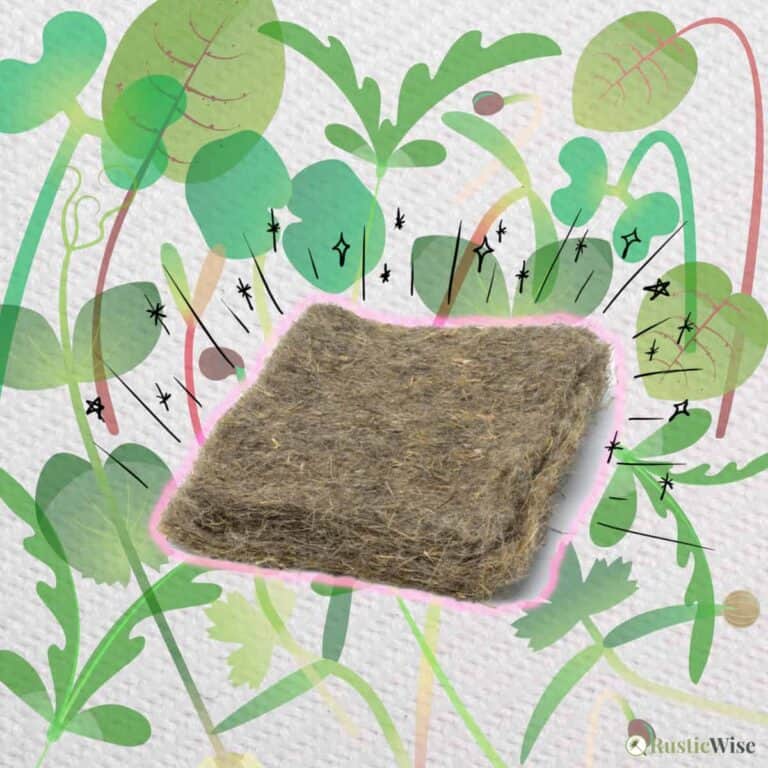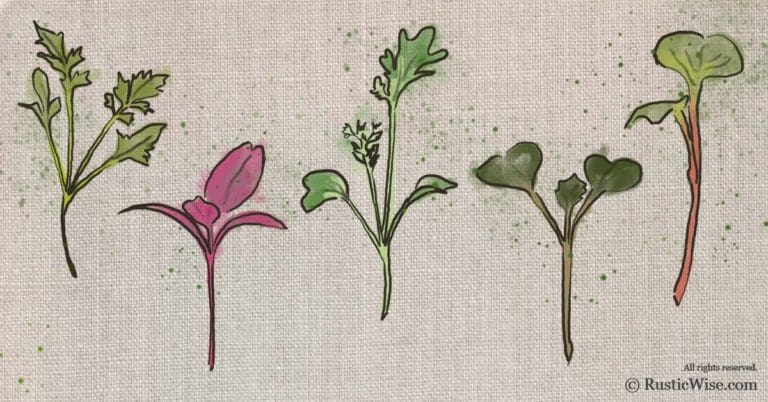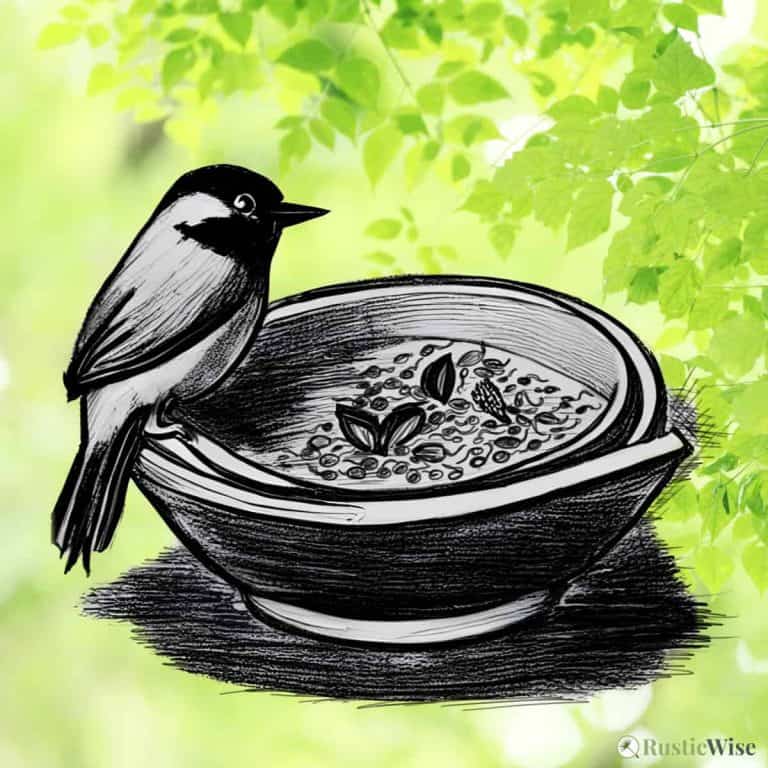How To Grow Lentil Sprouts: Quick and Tasty
Lentils are a pantry staple for many. While you might know a few cooked lentils recipes, sprouting lentils adds a fresh and tasty twist if you want to add something new to your diet. Learning how to grow lentil sprouts is easy, quick, and inexpensive. Sprouted lentils are also packed with protein, fiber, and nutrients, and are easier to digest.
Lentils are a type of edible legume. Here’s a fun fact—Canada is the largest producer of lentils in the world. It produces 3,233,800 tonnes per year. India follows, with an annual production of 1,055,536 tonnes a year.¹
Crunchy with a hint of earthiness and pepper, sprouted lentils are a great addition to many dishes including salads and sandwiches. Eat em’ raw, or slightly cooked.
What’s the difference between lentils and sprouted lentils?
Each individual lentil bean is essentially a seed waiting to sprout. When you cook dried lentils, you’re simply softening the outer layer and making it more palatable. Lentils are easy to cook, and don’t require any presoaking like other legumes.
On the other hand, sprouting lentils gives each seed the gift of time to sprout. Sprouting seeds is simple: you just need a sprouter (such as a glass jar), seeds, and water. Unlike microgreens which grow in soil or some other growing medium, sprouts don’t require any soil.
Sprouts are whole seeds which are soaked and rinsed regularly, until tiny sprouts emerge from the seed. Sprouts can be ready to eat in a matter of days.
The outer layer of seeds has phytic acid, enzyme inhibitors, antinutrients, and complex proteins. All of these things make it hard on your digestive system.²
The glorious thing about the sprouting process is it helps to break down this outer protective layer.
This helps to unlock hard-to access nutrients and vitamins that your body normally would have a hard time digesting. This is why sprouting lentils, or other types of vegetables, grains, or seeds makes them easier to digest.
Are lentils good for you?
Yup. Lentils are a rich source of protein, fiber, and calcium. This is great news for vegans who want to fill up on protein. Lentils are also gluten-free.
Lentils come in many varieties and colors:³
- Red/yellow lentils: These lentils soften quickly and are great for adding to curries.
- Black lentils: Sometimes called beluga lentils (because they look like beluga caviar), black lentils are hearty and can be used like other black beans in chili, or stews.
- Brown lentils: Versatile and tasty, brown lentils are great mashed up or whole.
- Green lentils: With a fresh, peppery flavor, green lentils work great in salads, and hold its shape nicely even after cooking. You may have heard of Puy lentils which are a type of green lentil from the region of Le Puy in France. Puy lentils are coveted as they are believed to be the tastiest, thus their hefty price tag.
What color of lentils are healthiest? Hmm..well, that depends. Here’s a quick chart outlining their nutritional profiles.
Table: Uncooked Dried Lentil Comparison per 100 grams (1/2 cup serving)
| Red Lentil | Black Lentil | Brown Lentil | Green Lentil | |
|---|---|---|---|---|
| Protein (grams) | 22 g | 26 g | 24 g | 24 g |
| Fiber (grams) | 10 g | 18 g | 26 g | 10 g |
| Calcium (milligrams) | 40 mg | 100 mg | 80 mg | 80 mg |
| Iron (milligrams) | 6 mg | 8 mg | 4 mg | 4 mg |
Are sprouted lentils healthier?
Yes. As we touched on above, the sprouting process makes sprouted lentils easier to digest, and also unlocks certain nutrients.
According to Harvard School of Public Health, “Typically, lentils need to be cooked first to be easily digested. But sprouting neutralizes phytic acid and facilitates the bioavailability of nutrients like B vitamins and vitamin C. And on top of being good for you, sprouting opens new avenues for flavor: Sprouted lentils are grassy, crunchy, refreshing, and filling. Use them on slaws or salads, or crisp them up for a flavorful garnish.”⁵
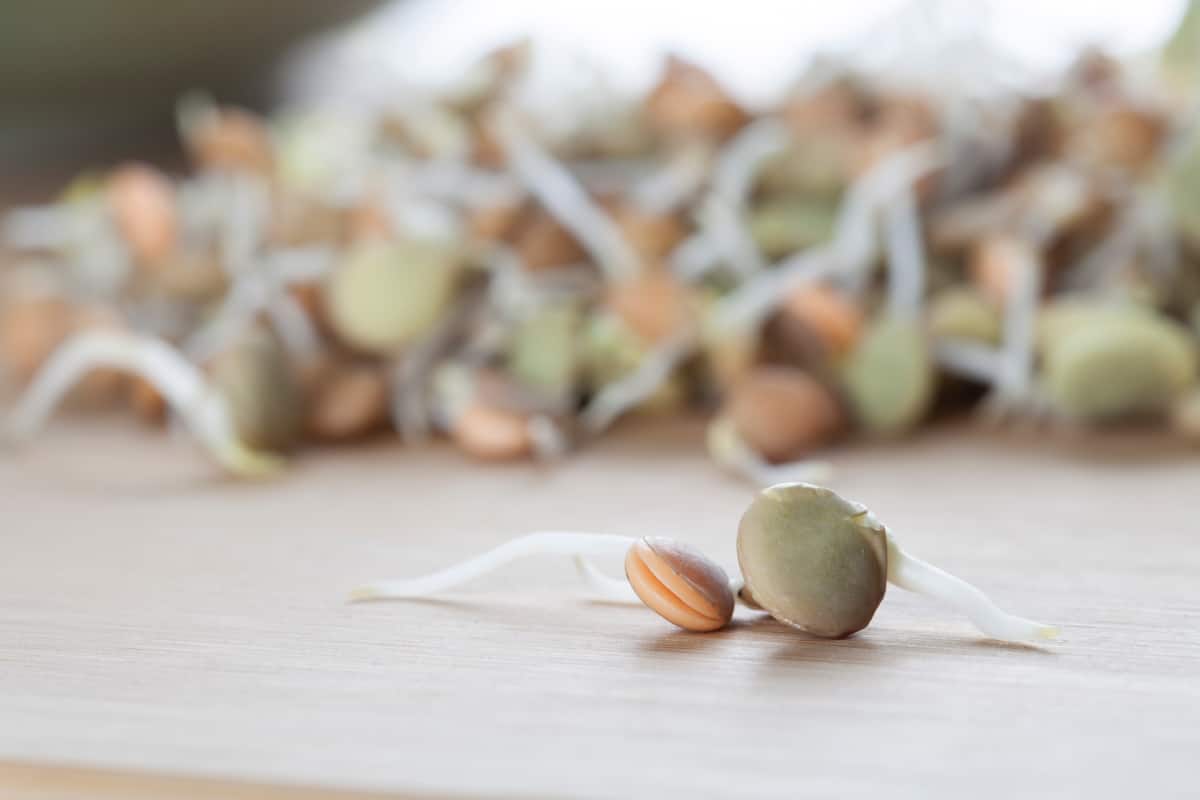
Credit: Yay Images
Can you sprout store-bought lentils?
Now that we know about the health benefits of lentils, which type of lentils are best for sprouting?
While you can sprout using regular store-bought lentil seeds from the grocery store, we recommend buying sprouting seeds from a reputable supplier.
Why?
Because sprouting seeds from a good seed supplier are tested and free of harmful pathogens such as Salmonella and E. coli. These are two common pathogens linked to sprouts. (We’ve written a post about sprout safety if you’re interested.)
Another reason is that you’ll get better results with sprouting seeds. They are designed to thrive under certain conditions unique to sprouting such as dark and humid conditions.
With special sprouting seeds, you can choose from a wide range of lentil seeds including green, crimson, and special lentil mixes.
But, we know that some of you may want to try your hand at sprouting store-bought lentils anyway.
If you’re planning on using store-bought lentils, certain types of lentils may work better. Typically, the lentils that work best for sprouting are green (or Puy) lentils, or black lentils. This is because they hold their shape best, and their flavor profiles work best for sprouting-type dishes such as salads, garnishes, etc. Red and yellow lentils are softer. While you might have luck sprouting some red lentil varieties, for best results stick with the green or black varieties.
How to grow lentil sprouts: step-by-step
Read to grow lentil sprouts? Let’s get started! Lentils are a quick-growing sprout, perfect for impatient indoor gardeners.
Notes: The following instructions are intended as a general guideline only. If growing with sprouting seeds, follow the instructions on your seed packet for more accuracy and best results.
Lentil sprouts roughly double in size. So one cup of seeds produces roughly two cups of lentil sprouts.
Harvest: Between 2-4 days (or according to your own taste preferences)
You’ll need:
- A glass quart-sized mason jar (or similar type of sprouter)
- A mason jar lid with mesh screen or cheesecloth covering
- Lentil seeds (roughly 1 cup)
- Clean water (water should be of drinking quality)
- Measure out seeds and give them a quick look-over to remove any debris, or stones. We always like to give them a quick pre-rinse prior to soaking.
- Soaking time! Place your pre-rinsed seeds into your sprouting jar. Fill with cool water and allow lentils to soak overnight, or for 8-12 hours.
- Drain the soaked seeds. Rinse lentils thoroughly again with cool water and drain again. For easy draining, place your sprouting jar into a larger bowl, and rest at a roughly 45-degree angle. Keep away from direct sunlight. Lentil sprouts don’t really need much sunlight for healthy growth.
- Continue rinsing and draining every 8-12 hours, or at least twice a day. When rinsing, make sure all sprouts are thoroughly watered, and thoroughly drained. Water hydrates your sprouts and also washes away any metabolic wastes. Draining is equally important as sprouts that sit in excess water are prone to mold growth. Properly drained lentils improve your chances of having a tasty and healthy harvest!
- After a day or two you’ll notice small green leaves developing. Your sprouts are ready for harvesting after 2-3 days, or according to your taste buds!
- To harvest, give it a final rinse and place in a colander to drain completely.
Sprout storage: Homegrown sprouts may keep for up to one week in the fridge, but are best when used within 2-3 days. For longer shelf life, keep your lentil sprouts in a perforated plastic bag, or storage container with air holes.
Sprouted lentil recipes
Now that you’ve gone through the trouble (although it really wasn’t much trouble, was it?) of growing sprouts at home, here’s how to use ‘em! You can eat them raw, lightly blanch, or stir fry them. Throw them in salads, sandwiches, or wraps. Add as a garnish.
Here’s a roundup of sprouted lentil recipes. Enjoy!
Sprouted Lentil Burgers
Hey, burger fans. Here’s a great way to make a vegetarian burger using lentil sprouts, nuts, and rice (via Feasting at Home).
Sprouted Lentil Salad
Enjoy the fresh taste of lentils in a simple, yet delicious salad alongside tomatoes and cucumbers (via All Recipes).
Sprouted Moong Lentil Curry
Spice up your lentil sprouts with this recipe for moong curry (via Laura’s Idea).
Roasted Sweet Potato and Sprouted Lentil Tacos
A fresh twist on tacos using sprouts and sweet potatoes (via Hola Jalapeño).
Sprouted Lentil & Zucchini “Noodles” Salad
Freshly sprouted lentils add a nice texture to zucchini noodles and cherry tomatoes (via Pacific Northwest Farmers Co-op).
👉 If you like this post, see our Essential Sprouting Guide: How To Grow Sprouts at Home. 🌱
Would you like more timeless tips via email?
Fun tips to help you live an independent, self-sustaining lifestyle. Opt-out at any time.


References:
- Atlas Big, World Lentil Production by Country, https://www.atlasbig.com/en-ca/countries-by-lentil-production. Accessed February 2021.
- Natural Start Medicine, Increase Digestion by Soaking and Sprouting Nuts, Grains, Seeds and Legumes, https://www.naturalstartmedicine.com/single-post/2015/04/15/Increase-Digestion-by-Soaking-and-Sprouting-Nuts-Grains-Seeds-and-Legumes. Accessed February 2021.
- Food and Agriculture Organization of the United Nations, Everything You Need to Know About Lentils, https://www.fao.org/pulses-2016/blog/everything-you-need-to-know-about-lentils/en/. Accessed November 2023.
- U.S. Department of Agriculture (USDA), FoodData Central, https://fdc.nal.usda.gov/index.html. Accessed February 2021.
- Harvard School of Public Health, The Nutrition Source, Sprouted Lentils, https://www.hsph.harvard.edu/nutritionsource/sprouted-lentils/. Accessed February 2021.

Author: Josh Tesolin
Josh is co-founder of RusticWise. When he’s not tinkering in the garden, or fixing something around the house, you can find him working on a vast array of random side projects.

